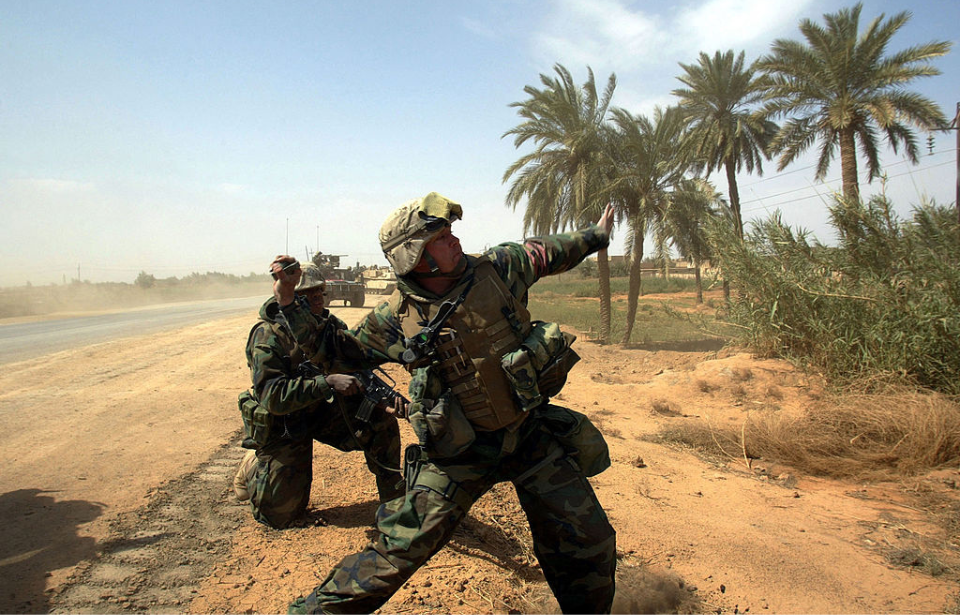The Cold War was a time of near constant military innovation. The frequent advancement of weapons of war required a fast response, which sometimes meant the use of out-of-the-box ideas. A prime example of this was when the United States considered developing an anti-tank grenade out of one of the country’s most popular toys: the Nerf football.
The Nerf football was – and continues to be – wildly popular
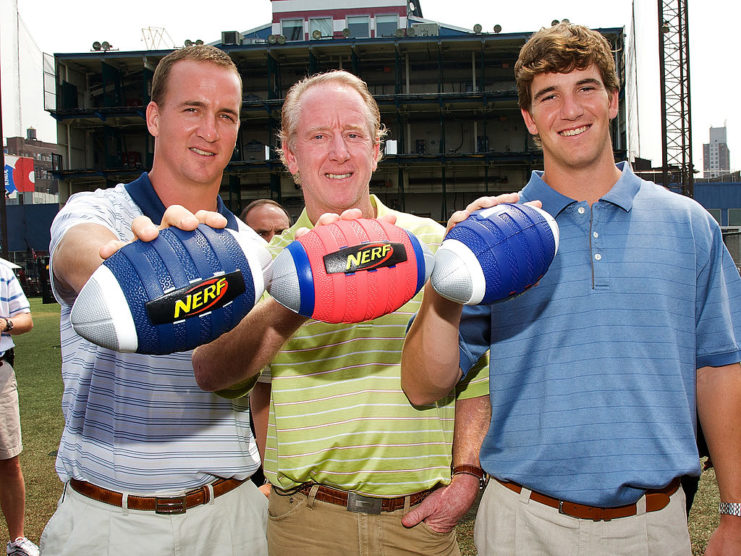
Over the course of the 1960s, football was fighting to become America’s most popular sport. As such, children across the country were eager to throw the ball just like Joe Namath and Johnny Unitas. The problem was that a regulation NFL football was too big for their hands and, therefore, difficult to throw.
Parker Brothers, the company behind Monopoly, Risk and Trivial Pursuit, began working on a new toy football. The result was the Nerf football, made out of polyurethane foam. Released in 1969, it made it easy for smaller hands to grip and was much lighter than a regular football; children could throw the toy with just a flick of their wrists.
Nerf footballs were a huge bestseller, and Parker Brothers soon began making foam products for many other sports implements.
The United States was worried about Soviet tanks
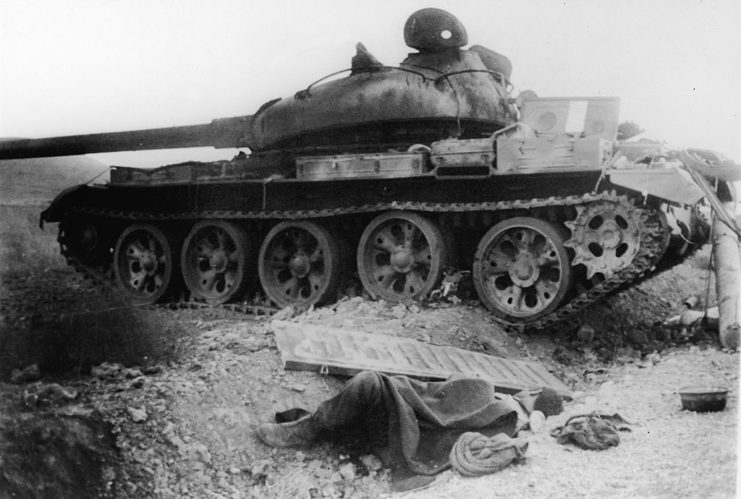
After the Second World War, the US and Soviet Union became locked in the Cold War. As a result, the two nations were constantly developing new weapons.
In the late 1950s, the Soviets developed the T-62. US military leaders worried these tanks would allow for battles to move into the streets. If Warsaw Pact countries were to engage in this type of fighting, it would be difficult to stop them without advanced anti-tank grenades.
The US was looking to develop a close-quarters grenade
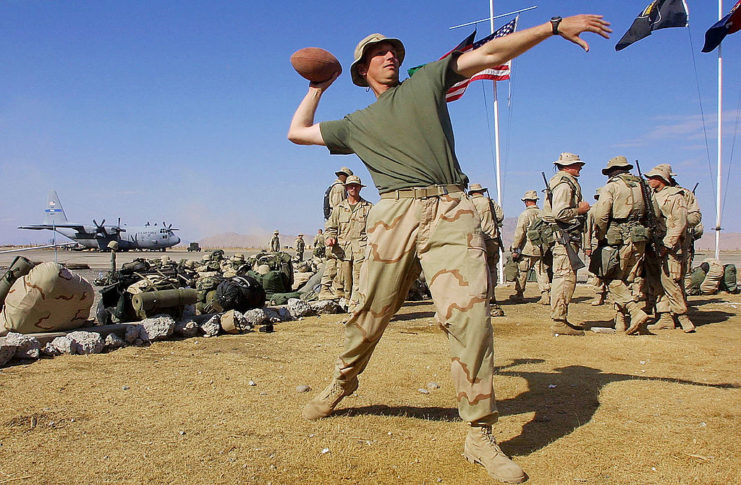
The US Army wanted to develop grenades that were easy to throw and could be used in close quarters. At the time, the Armed Forces had at their disposal such anti-tank weapons as the M72 LAW and M47 Dragon. While effective, they often made their operators vulnerable, as they effectively revealed a soldier’s location upon being fired.
The US Army Europe and Africa hired the Land Warfare Laboratory (LWL) at Aberdeen Proving Ground to develop a grenade that could achieve the same results as larger anti-tank weapons. The laboratory was created in 1962 to design technology effective enough to be deployed during counter-insurgency campaigns.
Scientists decided a football-type design could work. The 1974 test report for the project read, “Since a regulation size football weighs 14 ounces, it was considered feasible to make a shaped charge grenade within this weight limitation. In addition, most US troops are familiar with throwing footballs.”
Given this, the laboratory began testing football-shaped grenades.
The prototype wasn’t anything revolutionary
A US Army prototype for an anti-armor hand grenade in 1973. #history #football #grenade #usarmy #prototype #nerf pic.twitter.com/d6CKB6CCkx
— Historium Podcast (@HistoriumPod) November 28, 2017
The prototype for the grenade wasn’t anything earth-shattering. In fact, the laboratory simply took a Nerf football, hollowed it out, attached it to a metal container and packed it with explosive charges.
In theory, it was filled with more than enough firepower to destroy a Soviet tank. However, it didn’t pan out. The reason a football can spiral through the air is because of its even distribution of weight. The Nerf grenade wasn’t weighted equally, meaning that, when it was thrown, it didn’t always go in the intended direction.
During testing, the grenade proved to be wildly inaccurate and would fishtail when thrown. The charge also didn’t necessarily detonate when it struck a target. Sometimes, the grenade blew up mid-flight, making it dangerous for the soldier who threw it.
The Nerf football wasn’t the only sports-inspired grenade
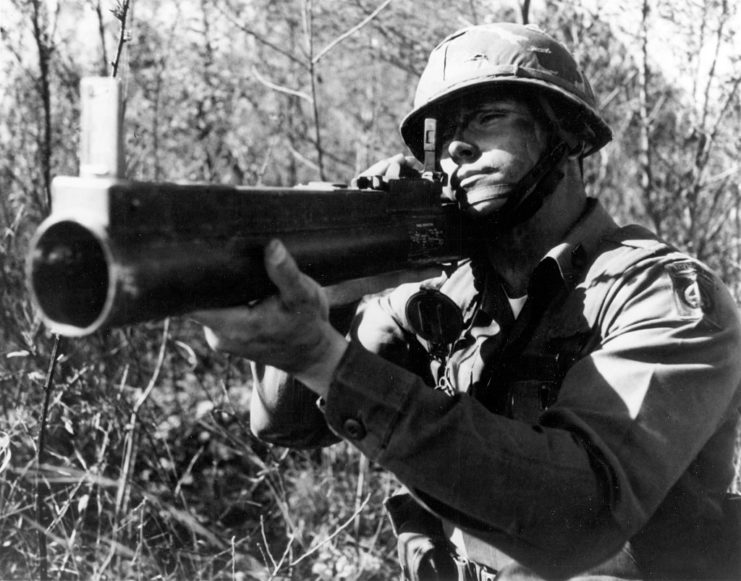
The Nerf football grenade wasn’t a winner. In its place, the US Army needed to rely on the same weapons it had previously used against enemy tanks.
More from us: The XM204 Top Attack Munition Could Replace Landmines on the Battlefield
Interestingly, the Nerf grenade was not the first time the military attempted to create a weapon influenced by sports. Around the time of the Second World War, there was a vision for a baseball-type fragmentation grenade, designated the T-13. It had a similar logic behind it: most Americans can throw a baseball.
Like the football, however, the explosive was unpredictable and would often explode prematurely. This resulted in the deaths of two people during the testing phase, with another 44 suffered injuries.
